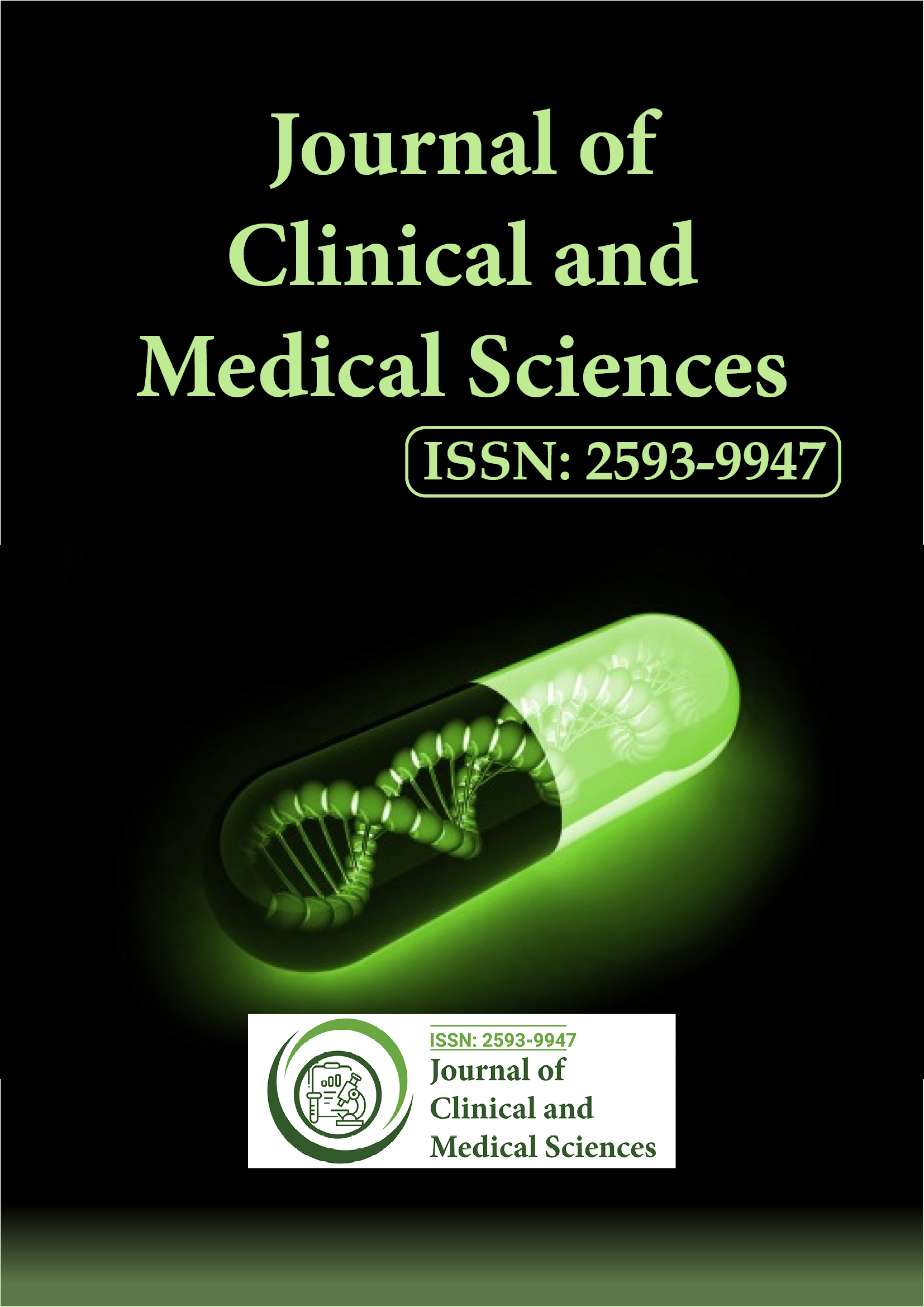Indexed In
- Euro Pub
- Google Scholar
Useful Links
Share This Page
Journal Flyer

Open Access Journals
- Agri and Aquaculture
- Biochemistry
- Bioinformatics & Systems Biology
- Business & Management
- Chemistry
- Clinical Sciences
- Engineering
- Food & Nutrition
- General Science
- Genetics & Molecular Biology
- Immunology & Microbiology
- Medical Sciences
- Neuroscience & Psychology
- Nursing & Health Care
- Pharmaceutical Sciences
Opinion Article - (2023) Volume 7, Issue 3
Allogeneic Hematopoietic Cell Transplantation
Antoine Goury*Received: 14-Apr-2023, Manuscript No. JCMS-23-21555 ; Editor assigned: 17-Apr-2023, Pre QC No. JCMS-23-21555 (PQ); Reviewed: 01-May-2023, QC No. JCMS-23-21555 ; Revised: 08-May-2023, Manuscript No. JCMS-23-21555 (R); Published: 15-May-2023, DOI: 10.35248/2593-9947.23.7.233
Description
Allogeneic Hematopoietic Cell Transplantation (allo-HCT) is a therapeutic procedure that has revolutionized the treatment of various hematological disorders and malignancies. This article explores the intricacies of allo-HCT, highlighting its significance, process, and potential outcomes. By understanding the principles and advancements in allo-HCT, we can appreciate its role in offering hope and renewed health to patients facing lifethreatening diseases.
Understanding allo-HCT
Allo-HCT involves the transplantation of Hematopoietic Stem Cells (HSCs) from a healthy donor to a recipient, with the aim of replacing the recipient's diseased or malfunctioning bone marrow. The donor cells, typically obtained from a matched sibling, unrelated donor, or cord blood unit, possess the potential to reconstitute the recipient's blood and immune systems. This Graft-Versus-Leukemia (GVL) effect is a fundamental aspect of allo-HCT, where the transplanted donor cells can recognize and eliminate residual cancer cells, providing a potential cure for hematological malignancies.
The allo-HCT process
The allo-HCT process involves several stages, starting with pretransplant evaluation and conditioning therapy. Pre-transplant evaluation includes assessing the recipient's overall health, determining the best donor source, and conducting compatibility testing. Conditioning therapy consists of chemotherapy, radiation, or a combination, which serves to suppress the recipient's immune system and create a favorable The donor cells are collected, processed, and infused into the recipient. The engraftment of donor cells leads to the generation of new blood and immune cells, ultimately replacing the recipient's diseased cells. Post-transplant, the recipient undergoes a recovery period, during which they are closely monitored for potential complications, such as Graft-Versus-Host Disease (GVHD), infections, and organ toxicities. Supportive care measures and immunosuppressive medications are provided to manage these complications and support the successful engraftment of donor cells.
Clinical outcomes
Allo-HCT has proven to be a life-saving treatment option for various hematological disorders and malignancies. It offers the potential for long-term disease remission and improved overall survival rates. The GVL effect plays a critical role in preventing relapse and eradicating residual cancer cells, making allo-HCT particularly effective for certain types of leukemia’s, lymphomas, and myelomas. Additionally, allo-HCT can provide a cure for non-malignant disorders, such as severe aplastic anemia and inherited immunodeficiencies.
Challenges and advances
Despite the remarkable successes of allo-HCT, challenges persist. GVHD, a potentially serious complication, occurs when donor immune cells attack the recipient's healthy tissues. Efforts to minimize GVHD through improved donor selection, graft manipulation, and pharmacological interventions are ongoing. Furthermore, the availability of suitable donors remains a challenge, particularly for patients from ethnically diverse backgrounds. However, advances such as haploidentical transplantation, reduced-intensity conditioning regimens, and improved supportive care strategies are expanding the pool of potential donors and improving outcomes for more patients.
Conclusion
Allo-HCT represents a significant advancement in the field of hematopoietic stem cell transplantation, offering a curative option for various hematological disorders and malignancies. The GVL effect and the potential for disease eradication make allo-HCT a powerful therapeutic tool. As research and advancements continue, optimizing donor selection, minimizing complications, and expanding donor availability will further enhance the success and accessibility of allo-HCT. Ultimately, allo-HCT continues to provide renewed hope and improved outcomes for patients facing life-threatening hematological conditions.
Citation: Goury A (2023) Allogenic Hematopoietic Cell Transplantation. J Clin Med Sci. 7:233.
Copyright: © 2023 Goury A. This is an open access article distributed under the terms of the Creative Commons Attribution License, which permits unrestricted use, distribution, and reproduction in any medium, provided the original author and source are credited.
